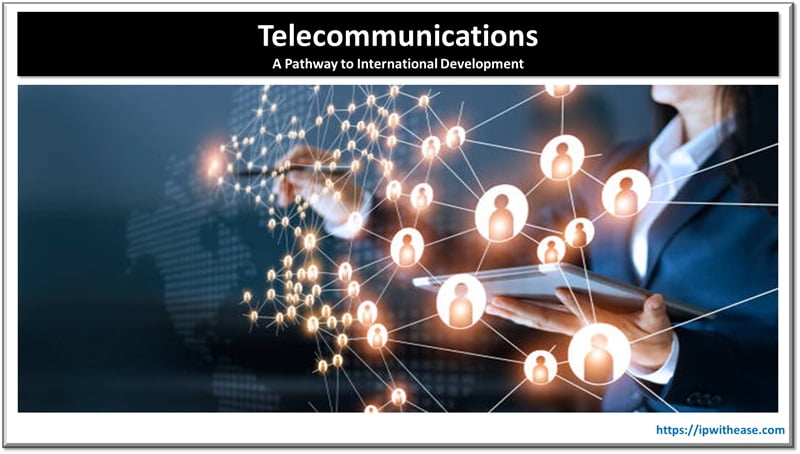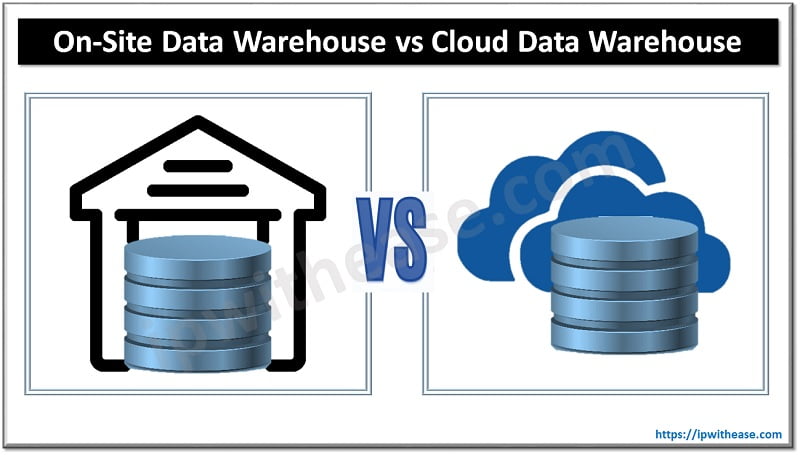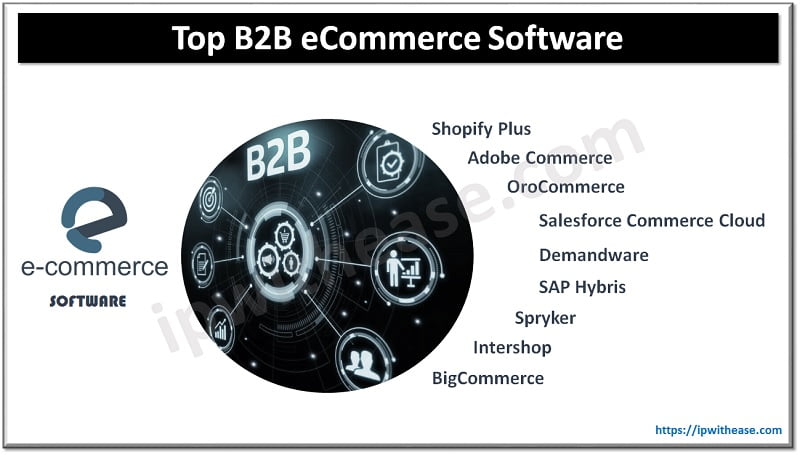Technology has advanced rapidly over the past decade, but the humble email is still a pillar of modern communication. Companies rely on emails to transfer sensitive information, and their inboxes are valuable assets. With malicious actors deploying increasingly sophisticated infiltration techniques these days, email security should be a priority for every modern company.
Ensuring top-notch email security is simple. Companies must follow a few tried and tested processes to ensure their employees and data are safe.

Review Authentication Policies
Phishing occupies the top spot in almost every list of the most prolific security infiltration techniques. A lack of strong authentication policies plays a huge role in this. Malicious actors often use expired security certificates or credentials to infiltrate a company’s mailboxes and wider network.
The first step companies must take is installing multi-factor authentication or MFA. MFA forces all entities to validate their access credentials on a separate device. While MFA is not perfect, it is far more secure than a simple password and login ID combination.
Company security teams must also review access credentials of microservices and other machine IDs accessing data. These services are automated, and keeping pace with them manually is an impossible task. Instead, security teams must automate security certificate renewals and grant time-based access to data to these machines.
This approach prevents malicious actors from leveraging expired certificates and IDs. Time-based access also prevents indiscriminate data access, reducing the odds of a data breach. While these approaches don’t impact an email inbox directly, they secure IDs connected to emails, giving companies a well-rounded security solution.
Monitor Data Transmissions
Emails are a central form of communication in most companies. They act as a medium for information transfer, and every sensitive data breach has an email communication somewhere in the leakage chain. Most companies monitor data leaks from their network and must extend this coverage to employee inboxes.
Email attachments are a good place to begin this activity. Companies must automatically scan these documents for sensitive information and flag them for approval if needed. Data loss prevention or DLP solutions help companies automate this process.
While these tools produce false positives, receiving a false positive is far better than dealing with a data breach incident. The key to making this monitoring work is data organization. Companies must classify their data according to risk and importance.
For instance, internal financial data is important, and some data subsets like supplier prices might pose serious business risks if leaked. Other data like employee salary figures are not as risky, but still important. Classifying these data, attaching data field names, and scanning for keywords in outgoing emails is critical.
In addition to monitoring data leaving inboxes, companies must also track user behavior within inboxes. For instance, if an employee begins sending a huge number of emails without warning, analyzing where those emails are headed and their nature is critical.
Behavioral abnormalities often point to a potential breach, and companies must move swiftly to shut them down. Insider risks are often a gap in cybersecurity policies since predicting the source of an attack is impossible. Clamping down on access is tough too, since it inconveniences regular, non-malicious employees in the business.
Monitoring email behavior standards is thus a good way to predict insider threats. Again, companies will receive false positives, but manually reviewing this activity is a better alternative to dealing with a data breach.
Monitor Network Endpoints
EDR or endpoint detection and response is a standard tool in modern cybersecurity. Companies must make sure their EDR solutions also monitor employee devices. Thanks to the rise of remote working and MFA, devices have become a new way of infiltrating inboxes.
For instance, a hacker could plant malware on an employee’s device and infiltrate the company’s network when the device logs into it. Detecting this infiltration is challenging since it has passed an MFA and authentication challenge.
In addition to EDR, companies must also enforce secure login policies that assist network endpoint monitoring. For example, companies must enforce the use of Virtual Private Networks or VPNs when logging into the company’s network remotely.
VPNs can encrypt data and create a secure access point for the remote device. It also gives the company’s EDR a chance to scan for threats that could cripple the company’s network. A good EDR solution also scans email attachments for malware and prevents it from spreading.
When coupled with a robust email security solution, EDRs can perform a wide range of tasks. For example, the EDR can secure network endpoints while the email security solution scans email text for telltale phishing signs. EDRs can also scan an email’s attachments for malware, while the email security solution scans links.
The result is a fully protected inbox that employees can use safely.
Email Security is Paramount
Given its position as a primary means of communication, email security is essential for modern organizations. The tips in this article will help companies secure employee inboxes and prevent malicious hackers from exploiting their data.
Continue Reading:
Can VPN Protect Your Network and Device from Getting Hacked?
ABOUT THE AUTHOR
IPwithease is aimed at sharing knowledge across varied domains like Network, Security, Virtualization, Software, Wireless, etc.



